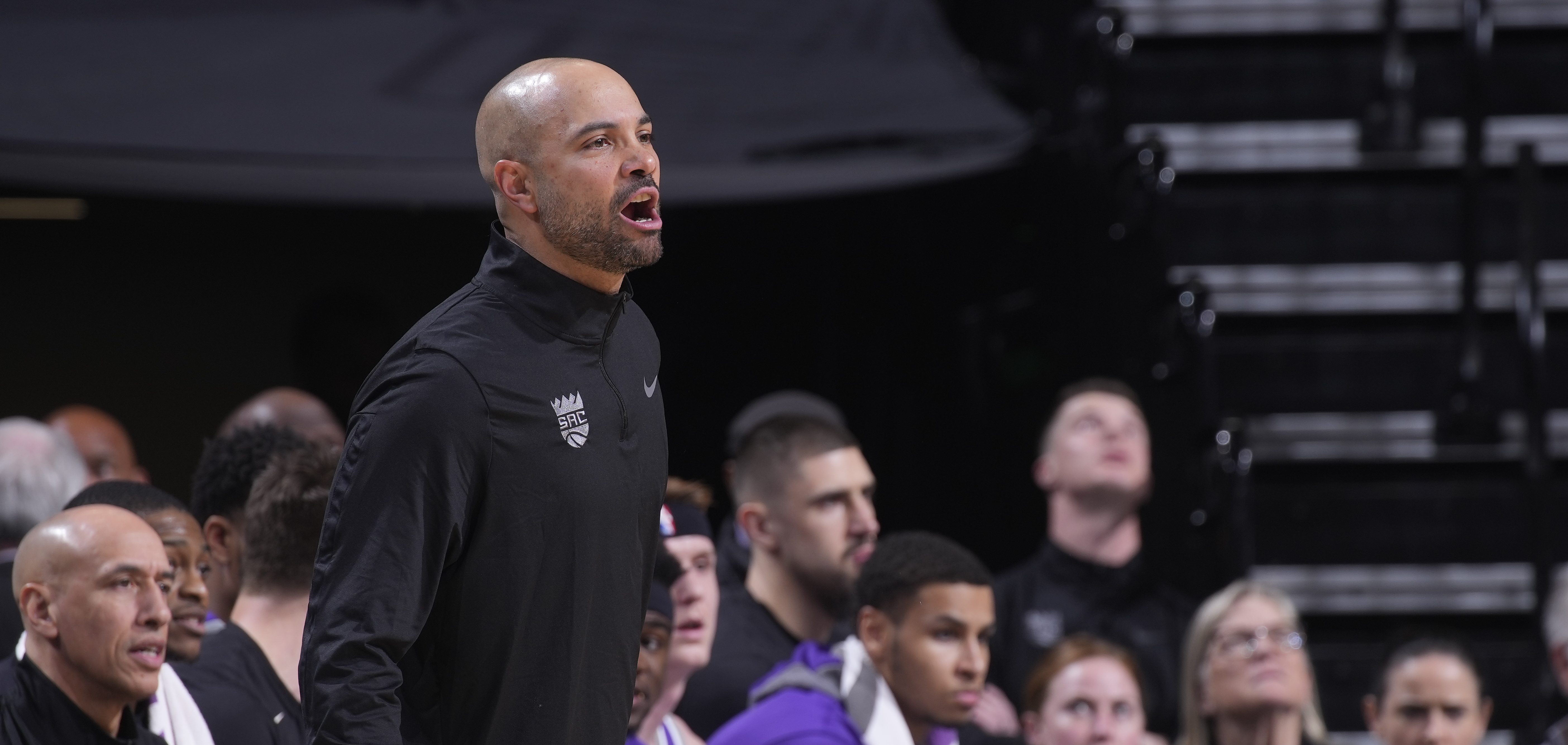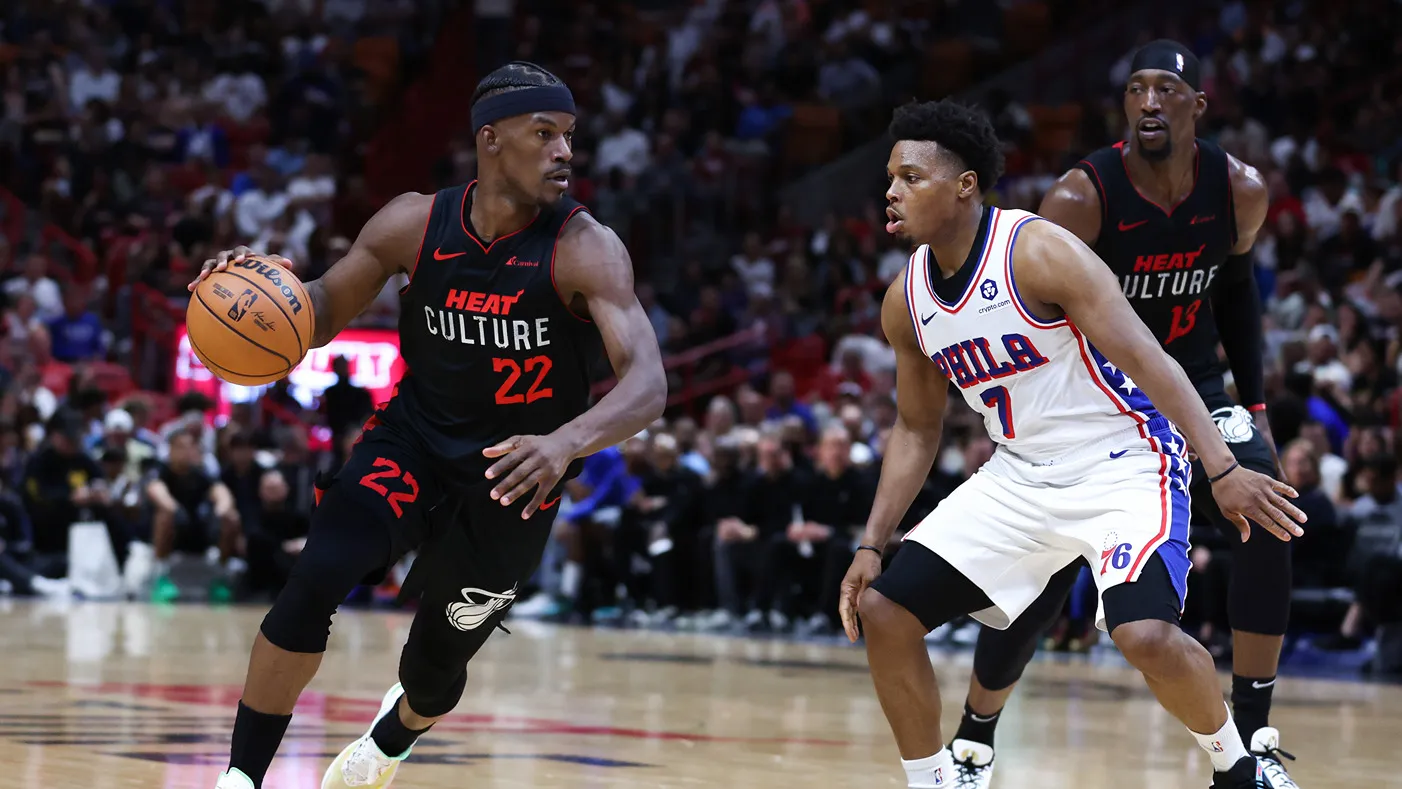Markelle Fultz has been diagnosed with thoracic outlet syndrome.
If you’re not a medical professional, chances are you’re unfamiliar with his new diagnosis.
Dr. Mark Schwartz, medical director for Virtua Sports Medicine, gave more insight into Fultz’s diagnosis and the medical prognosis for the Sixers’ second-year guard on Tuesday in a phone interview with NBC Sports Philadelphia.
Stay in the game with the latest updates on your beloved Philadelphia sports teams! Sign up here for our All Access Daily newsletter.
Schwartz is not treating Fultz.
The treatment
Sixers vice president of athlete care Dr. Daniel Medina said in a statement that Fultz will begin physical therapy immediately.
While the Sixers say Fultz is out indefinitely, ESPN’s Adrian Wojnarowski reports that there’s optimism he can return within three to six weeks.
NBA
The typical physical therapy program for thoracic outlet syndrome focuses on relieving pressure from the nerves, according to Schwartz.
“The physical therapy, a lot of it is stretching exercises to help take the pressure off the nerves. The goal of stretching is to relieve compression in that thoracic outlet area. So there will be stretching exercises, followed by postural exercises to help the alignment around the neck and then also strengthen the muscles around that area, with the goal of taking the pressure off the nerves.”
Is this connected to the reported wrist issue?
According to a report by The Athletic on Nov. 21, Fultz had been “been playing with an apparent injury in his right wrist area that has adversely affected his ability to shoot.”
Though TOS affects the nerves between the neck and shoulder, Schwartz said the syndrome can also cause symptoms in the wrist area.
Typically, Thoracic outlet syndrome gives you sensations of some pain, burning sensation, numbness, tingling. If those were the symptoms he was experiencing distally, it is possible. People with thoracic outlet syndrome, classically their symptoms are pain, numbness, tingling in the arm, which is exacerbated by certain motions involving the neck and shoulder. Sometimes they notice that when they turn their neck or rotate the shoulder their symptoms worsen because the nerves up in that area are getting pinched. It’s not uncommon to have symptoms down in the wrist and hand. Those symptoms classically are pain, burning sensation, and tingling.
The "bumps and bruises"
Fultz said on Nov. 6 that, while he wasn’t 100 percent healthy, he was just dealing with typical “bumps and bruises.” While TOS can cause pain and a burning sensation, it’s not inconceivable that Fultz was experiencing numbness and tingling judged by himself and by the Sixers to be “normal.”
“That’s the tough part,” Schwartz said. “Lots of basketball players get lumps, bumps and pain in their hands and wrists — typical signs of neurogenic thoracic outlet are neurogenic signs, which are classically numbness and tingling. That’s what you generally see in the hands and fingers with people with thoracic outlet. They generally will complain of a burning sensation or numbness and tingling. A true wrist problem, if he had one, he would have localized tenderness in the wrist, some swelling, stuff like that. That’s more of a wrist problem rather than a nerve problem.”
The unusual free-throw routines
In his last few games, Fultz’s routines at the foul line were unorthodox, to say the least.
On Nov. 12 in Miami, Fultz double-pumped on a free throw. Afterward, he said the ball slipped.
Against the Jazz on Nov. 16, Fultz juggled the ball up from his waist to his release point.
Those routines may have been a way for Fultz to try to relieve the symptoms he was experiencing.
“It’s possible,” Schwartz said. “If he developed this thoracic outlet from the repetitive use of his shoulder, maybe these things we’ve seen in his motion lately, they might have been compensatory things to do to try to release some of the symptoms.”
Click here to download the new MyTeams App by NBC Sports! Receive comprehensive coverage of your teams and stream the Flyers, Sixers and Phillies games easily on your device.


